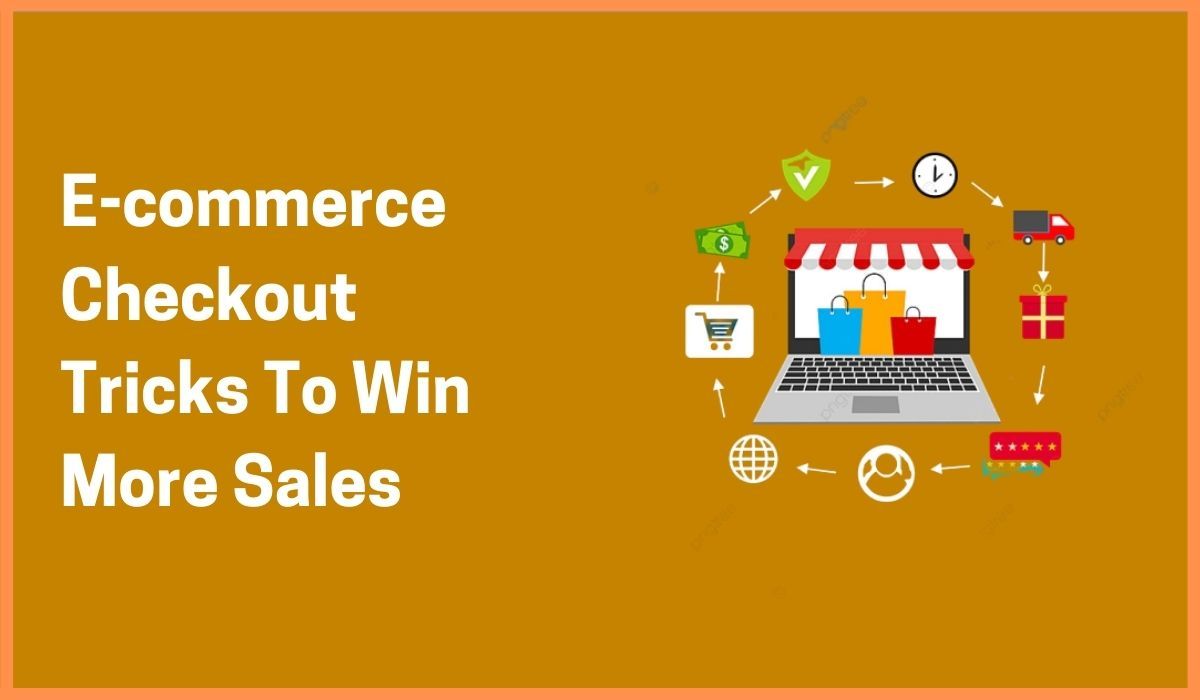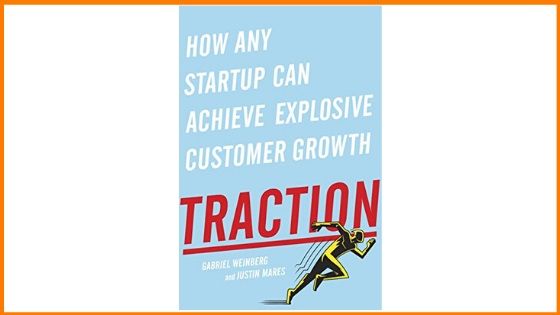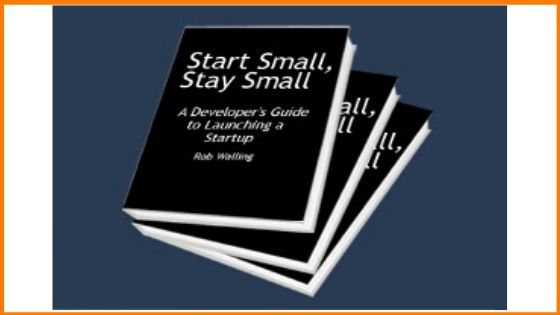There are numerous ways of marketing, businesses use to make their products visible and sell them to the customers. There are different selling processes, that are used to get the potential buyer attracted to the product or services. One of the processes that are actually very popular and are used frequently by almost every business is cold calling. It means calling on a prospective customer for the first time without any prior appointment at a commercial establishment or household.
Cold calling is the source of telemarketing also known as canvassing or prospecting. This also includes the case of consumer door-to-door selling as door-knocking. Generally, Cold calling is an important stage and technique of the selling process. Cold calling abilities are not only useful in business aspects but also in many other aspects of work communications outside of sales activities and the selling function.
Imagine receiving a call from an unknown caller. Immediately after receiving the call, the caller starts to question your knowledge about a product. Quickly the conversation turns into an interview. Eventually, the caller tries to sell a product to you. What would be going on in your mind during this entire conversation? Now flip the tables and imagine that you are the one making the cold call. In this article, we talk about some cool tricks and tips that will help you close the deal while making a cold call. So let’s get started.
What is Cold Calling?
Tips to Follow Before Making the Call
Tips to Follow During the Cold Call
What is Cold Calling?
To be specific cold calling is an e-commerce terminology used to define a telemarketing strategy for pitching a sale through a phone call to a random potential customer. This can prove to be a rather frustrating business especially after receiving several no’ feedbacks. However, there is a way of turning those no answers into opportunities for closing the deal in the next attempt. It all depends on the caller’s mentality, strategy, preparedness and ability to listen.
Although people say that cold calling is dead but there are many businesses relying on it to drive revenue. From companies like Uber, Twitter to Fortune 500 companies or high-growth startups, all have sales representatives enthusiastically dialling numbers day in and day out. If done appropriately it can be a source of both personal as well as business success.
Tips to Follow Before Making the Call
Some of the tips that one needs to follow before making a cold call are:
Make a Call Strategy
In order to make a successful sales pitch, a strategy is crucial. Before making the call, research thoroughly about the potential client, company or organization. Know their needs very well. Learn what trade the client is involved in, their latest purchases and who sold to them. Understand all the features of the product you want to sell and seek a better way of explaining an improved version of yours.
Try to understand the best time to call since the client doesn’t know you at all. The best time to call varies from one company/individual to another, depending on the nature of the business. Some people are ready for phone conversations in the morning hours, others during the day, while others late afternoon. Do not call during lunch hour breaks and definitely not at night (bedtime). Also, some early morning hours that is when management meeting is being held, might not be a better time to call.
Next, comes preparing yourself mentally before making the call. Like choosing the language you’re comfortable in otherwise the conversation will become awkward. You have to develop a warm voice that is strong but not sugar-coated.
Do The Research Properly

Be sure to research your potential client or target to know more about them for good and meaningful interaction. You can check out the social media platforms (Facebook pages, LinkedIn, Twitter feeds), and company websites. On these pages, you will be looking for the target’s professional background, nature of the industry that the target is involved in, competitors, commonalities, interests and others. While researching, look for the company email, or messenger handles and drops a brief statement introducing yourself, the company and the product. Then place the call.
Prepare Your Opening Statement
As part of the preparation for the cold call, draft an opening statement to reposition yourself for the call. Basically, this is an indication to the caller that you have a subject to talk about and not just a waste of his/her time. Make the statement sound very friendly and not too official.
Be a Good Listener
Remember that listening is a skill that is learned over time. If your initial calls got hanged up due to poor listening skills, don’t give up. Continue to learn from the proceeding calls. As a salesperson on the phone, remember people are emotional callers. As you are in a phone conversation with a potential client, listen through their emotions what the client is saying.
Ensure that the call flow is as natural as possible and not make it sound like an interview. Have a notebook and a pen to take down notes while listening. They might mention a number of things that are important for your sales pitch. Note those things down and ask yourself how you can meet those needs with your product. Again, speak naturally as if with a friend, but convincingly as with a potential client.
Be Positive
Potential clients are regular, people going about their day to day business just like everyone else. The mentality should be that of a normal person experiencing life, with needs just like any other person. It all comes down to how the sales caller understands the market. The salesperson ought to understand the market as a business platform with people who need to be talked to about products.
The attitude of a salesperson on the phone should be that of if they get rejected, it’s not them but the product. With a never-back-down attitude, a phone call rejected leaves you with information about what the market is like to equip you for the next call attempt. Move on to the next call with positivity that you might mention a product that will click with someone’s needs.
Strategize to make as many calls as possible during the day. Out of 35 calls a day, 20 might be answered. Eventually, you might make about 8 – 10 close ins. If out of 30 calls only 10 get answered, be optimistic that the next day you might do better than that. Too many connections mean more opportunities for making a sale, don’t get disheartened easily.
Tips to Follow During the Cold Call
While making the call some of the steps that the caller needs to flow are:
Perfect Your Calling Style
It is very important to perfect your calling style before making any calls. This can be done alone or with the help of a friend. If you are self-conscious about phones, you need to make yourself feel safe and uninhibited. The best way of doing this is by standing in front of the mirror and rehearsing your script. Our exterior reflects our inner turmoil, so if you look anxious, your voice will sound strained and distant.
Attract the Potential Customer
Once you have the decision-maker on the phone, try to captivate and keep their attention. You have to really make them listen to what you have to say. Some people have natural charisma to capture the attention of the listener. According to sales gurus, it is not about what you say but about what you hear. The key is to read the thoughts of your prospect’s mind.
Don’t Be Afraid of Rejection
Do not be afraid to hear ‘No’. Not everyone will become your customer, that doesn’t mean you will give up. Do not let your fear of failure rule you rather turn it into fearlessness, learn from it and get ready to call the next prospect.
Avoid Distractions During Call
Do not multitask during a call this might distract you from saying something which you might regret later. Keep your focus intact while making the calls, this will not only hold their attention but through this people can also hear the confidence in your voice.
Know Your Product
Before making a pitch to anyone learn about your product thoroughly. Spend some time to know about the technical side of your product and how it might be of value to your customer. This will come in handy especially if you’re selling technical products or services.
Be Clear About Your Goal

Realise what your aim is, even though, you might have to move off-topic to keep the conversation going. Move back again to the same topic to fulfil your goal close the deal.
Be Prepared to Deal With Aggressive Prospects
Many times the customer might be aggressive and hostile. They might just be having a bad day or they might be bullies by nature. Anyhow, do not give them the charge, that doesn’t mean, you have to be rude. Just handle the situation tactfully because the reputation of your company is in your hand.
Conclusion
The fact about cold calling is that no prior contact has been made with the potential client. Therefore, a rejected call should not be any offence at all. Keep trying, the next one might be answered and a deal can be fixed.


































































